Carlos D'Giano
Epileptic seizure prediction using Pearson's product-moment correlation coefficient of a linear classifier from generalized Gaussian modeling
Jun 02, 2020



Abstract:To predict an epileptic event means the ability to determine in advance the time of the seizure with the highest possible accuracy. A correct prediction benchmark for epilepsy events in clinical applications is a typical problem in biomedical signal processing that helps to an appropriate diagnosis and treatment of this disease. In this work, we use Pearson's product-moment correlation coefficient from generalized Gaussian distribution parameters coupled with a linear-based classifier to predict between seizure and non-seizure events in epileptic EEG signals. The performance in 36 epileptic events from 9 patients showing good performance with 100% of effectiveness for sensitivity and specificity greater than 83% for seizures events in all brain rhythms. Pearson's test suggests that all brain rhythms are highly correlated in non-seizure events but no during the seizure events. This suggests that our model can be scaled with the Pearson's product-moment correlation coefficient for the detection of epileptic seizures.
* 8 pages, 5 figures, 3 tables, manuscript in spanish
Mu-suppression detection in motor imagery electroencephalographic signals using the generalized extreme value distribution
May 29, 2020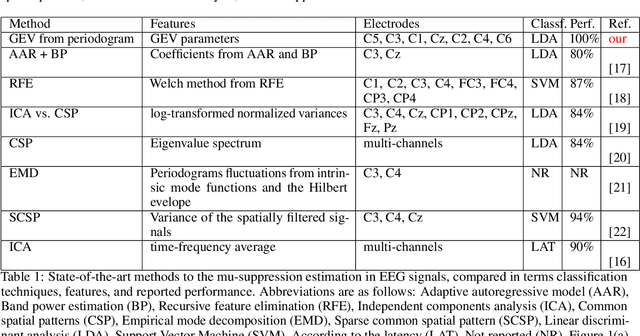
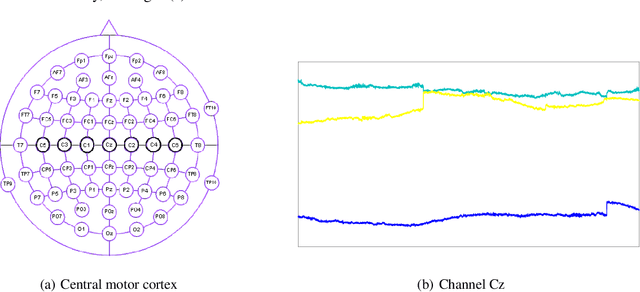
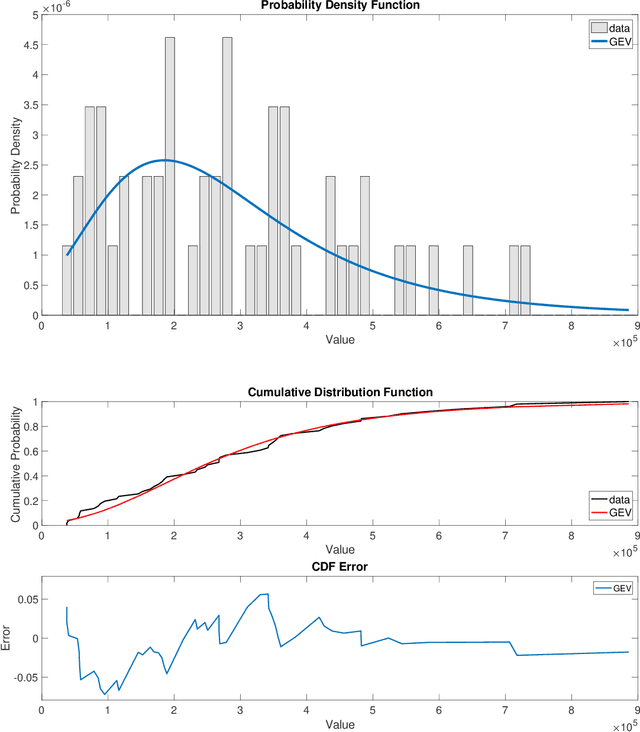
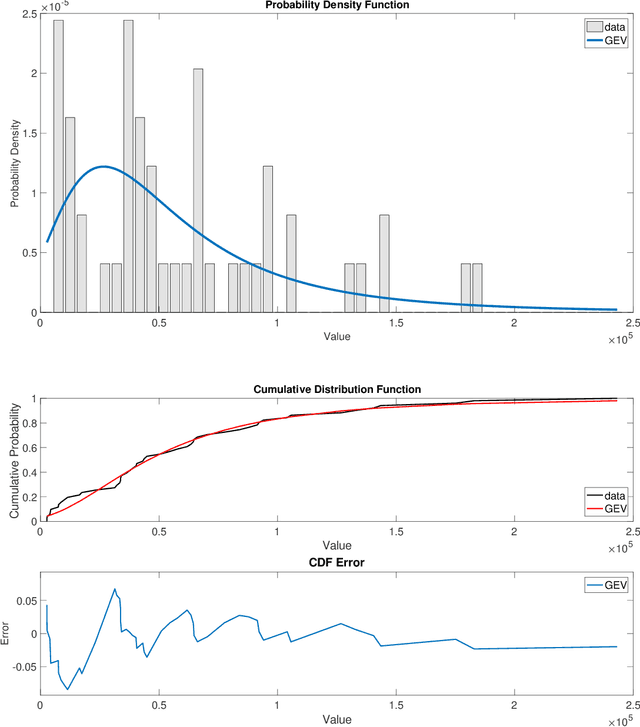
Abstract:This paper deals with the detection of mu-suppression from electroencephalographic (EEG) signals in brain-computer interface (BCI). For this purpose, an efficient algorithm is proposed based on a statistical model and a linear classifier. Precisely, the generalized extreme value distribution (GEV) is proposed to represent the power spectrum density of the EEG signal in the central motor cortex. The associated three parameters are estimated using the maximum likelihood method. Based on these parameters, a simple and efficient linear classifier was designed to classify three types of events: imagery, movement, and resting. Preliminary results show that the proposed statistical model can be used in order to detect precisely the mu-suppression and distinguish different EEG events, with very good classification accuracy.
A novel spike-and-wave automatic detection in EEG signals
Dec 15, 2019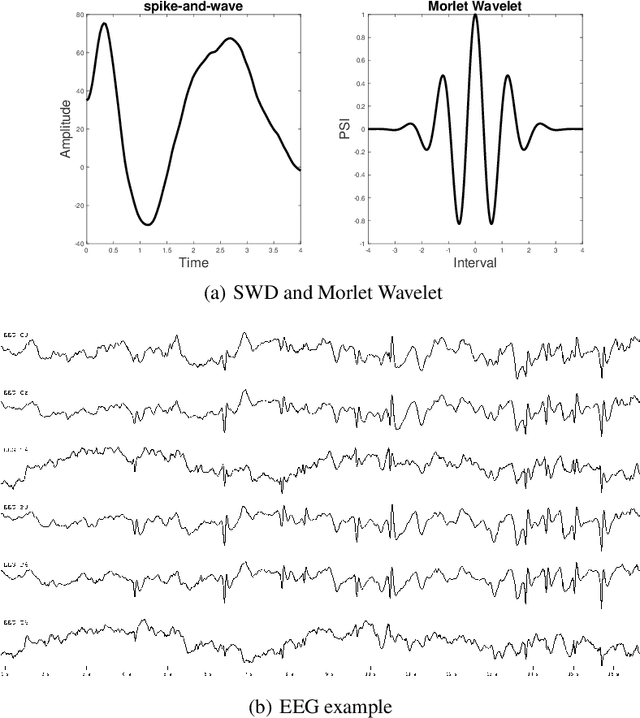

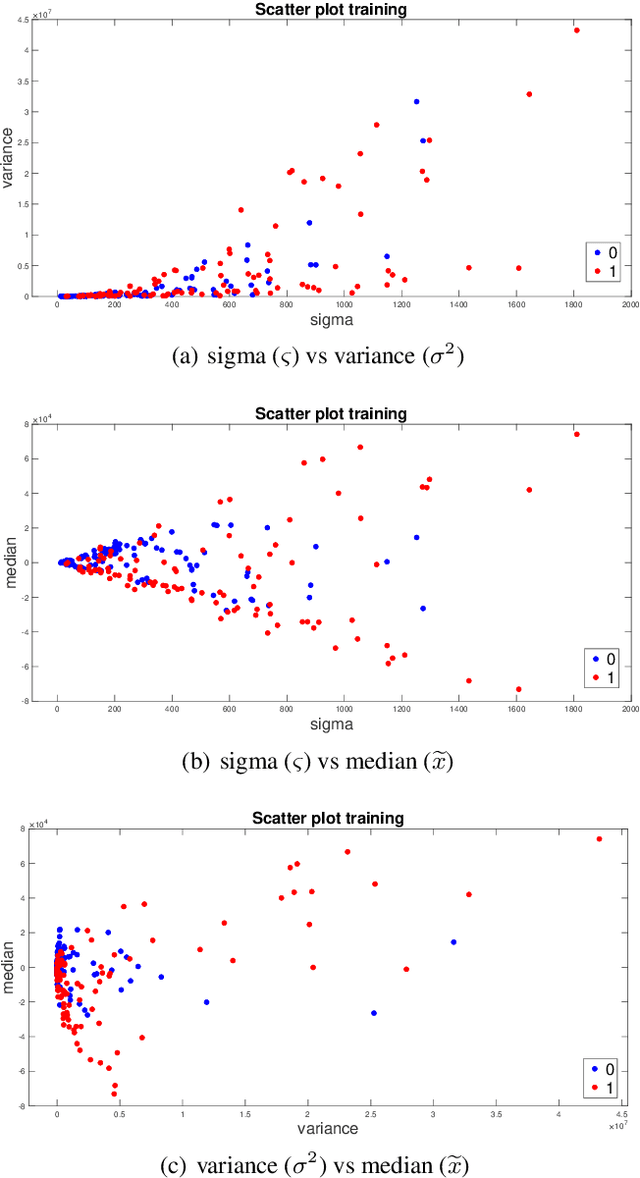
Abstract:Spike-and-wave discharge (SWD) pattern classification in electroencephalography (EEG) signals is a key problem in signal processing. It is particularly important to develop a SWD automatic detection method in long-term EEG recordings since the task of marking the patters manually is time consuming, difficult and error-prone. This paper presents a new detection method with a low computational complexity that can be easily trained if standard medical protocols are respected. The detection procedure is as follows: First, each EEG signal is divided into several time segments and for each time segment, the Morlet 1-D decomposition is applied. Then three parameters are extracted from the wavelet coefficients of each segment: scale (using a generalized Gaussian statistical model), variance and median. This is followed by a k-nearest neighbors (k-NN) classifier to detect the spike-and-wave pattern in each EEG channel from these three parameters. A total of 106 spike-and-wave and 106 non-spike-and-wave were used for training, while 69 new annotated EEG segments from six subjects were used for classification. In these circumstances, the proposed methodology achieved 100% accuracy. These results generate new research opportunities for the underlying causes of the so-called absence epilepsy in long-term EEG recordings.
Spike-and-wave epileptiform discharge pattern detection based on Kendall's Tau-b coefficient
Nov 29, 2019

Abstract:Epilepsy is an important public health issue. An appropriate epileptiform discharge pattern detection of this neurological disease is a typical problem in biomedical engineering. In this paper, a new method is proposed for spike-and-wave discharge pattern detection based on Kendall's Tau-b coefficient. The proposed approach is demonstrated on a real dataset containing spike-and-wave discharge signals, where our performance is evaluated in terms of high Specificity, rule in (SpPIn) with 94% for patient-specific spike-and-wave discharge detection and 83% for a general spike-and-wave discharge detection.
* 8 pages, 3 figures. RESEARCH LETTERS/SHORT REPORTS
 Add to Chrome
Add to Chrome Add to Firefox
Add to Firefox Add to Edge
Add to Edge